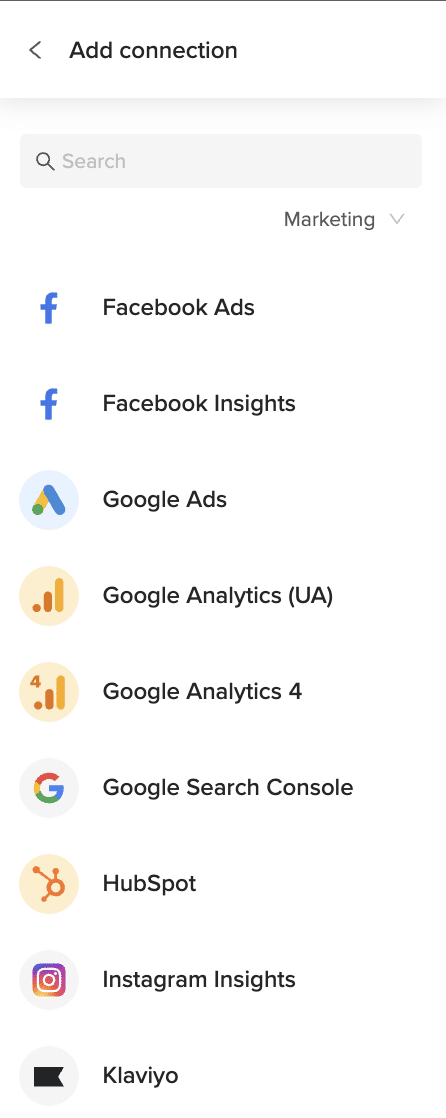Analyzing Average Engagement Time data from Google Analytics in Excel helps content and marketing teams understand how deeply users are interacting with your website and which content holds their attention longest.
Instead of manually exporting data that quickly becomes outdated, you can create a live connection that refreshes automatically with the latest engagement metrics.
TLDR
-
Step 1:
Install Coefficient from the Office Add-ins store
-
Step 2:
Connect to your Google Analytics account
-
Step 3:
Select Average Engagement Time as your primary metric
-
Step 4:
Configure dimensions to segment your engagement time data
-
Step 5:
Import into Excel and set up auto-refresh
Step 1: Install Coefficient and Connect to Google Analytics
Begin by installing the Coefficient add-in and connecting it to your Google Analytics account:
- Open Excel and navigate to the Insert tab
- Click on Get Add-ins
- Search for “Coefficient” in the Office Add-ins store
- Click Add to install the Coefficient add-in
- Once installed, the Coefficient sidebar will appear
- Click “Import” to begin connecting data sources
- Select “Google Analytics” from the marketing integrations
- Log in with your Google account and authorize Coefficient to access your data

Step 2: Select and Configure Average Engagement Time Data
After connecting your Google Analytics account, configure your Average Engagement Time data import:
- Choose your Google Analytics 4 property from the dropdown menu
- Set your desired date range (last 7 days, last 30 days, custom range, etc.)
- Select “Average Engagement Time” as your primary metric
-
- By page to see which content holds attention longest
- By source/medium to identify which channels bring engaged users
- By device category to compare engagement across platforms
- By user type to compare new vs. returning visitor engagement
- Apply filters if you want to focus on specific segments
- Preview your selection to ensure it provides the insights you need

Step 3: Import and Set Up Auto-Refresh
Once you’ve configured your Average Engagement Time data selection, import it into Excel and set up automatic refreshes:
- Click “Import” to bring the Average Engagement Time data into your Excel worksheet
- Choose where you want the data to be placed in your spreadsheet
-
- Navigate to the “Automations” tab in the Coefficient sidebar
- Select “Schedule Refresh” for your imported engagement time data
- Choose your preferred refresh frequency (hourly, daily, weekly)
- Optionally, set up alerts for significant changes in engagement metrics

Available Google Analytics Data
Metrics & Dimensions
- Sessions
- Pageviews
- Conversions (Key Events)
- Traffic Source / Medium
- Engaged Sessions
- Session Conversion Rate
- Total Revenue
- Landing Page
- Event Count
- Campaign
- Device Category
- New Users
Analyzing Average Engagement Time Data in Excel
With your Average Engagement Time data now in Excel, you can create valuable analyses like:
- Content ranking by engagement duration
- Engagement trends over time
- Comparison of engagement across different traffic sources
- Custom visualizations highlighting engagement patterns
- Automated reports that track which factors drive longer engagement
Related Resources
For more information about working with Google Analytics data in your spreadsheets:
Start importing your Google Analytics Average Engagement Time data into Excel today with Coefficient and transform how your team analyzes content engagement.
Frequently Asked Questions
Trusted By Over 50,000 Companies
)





